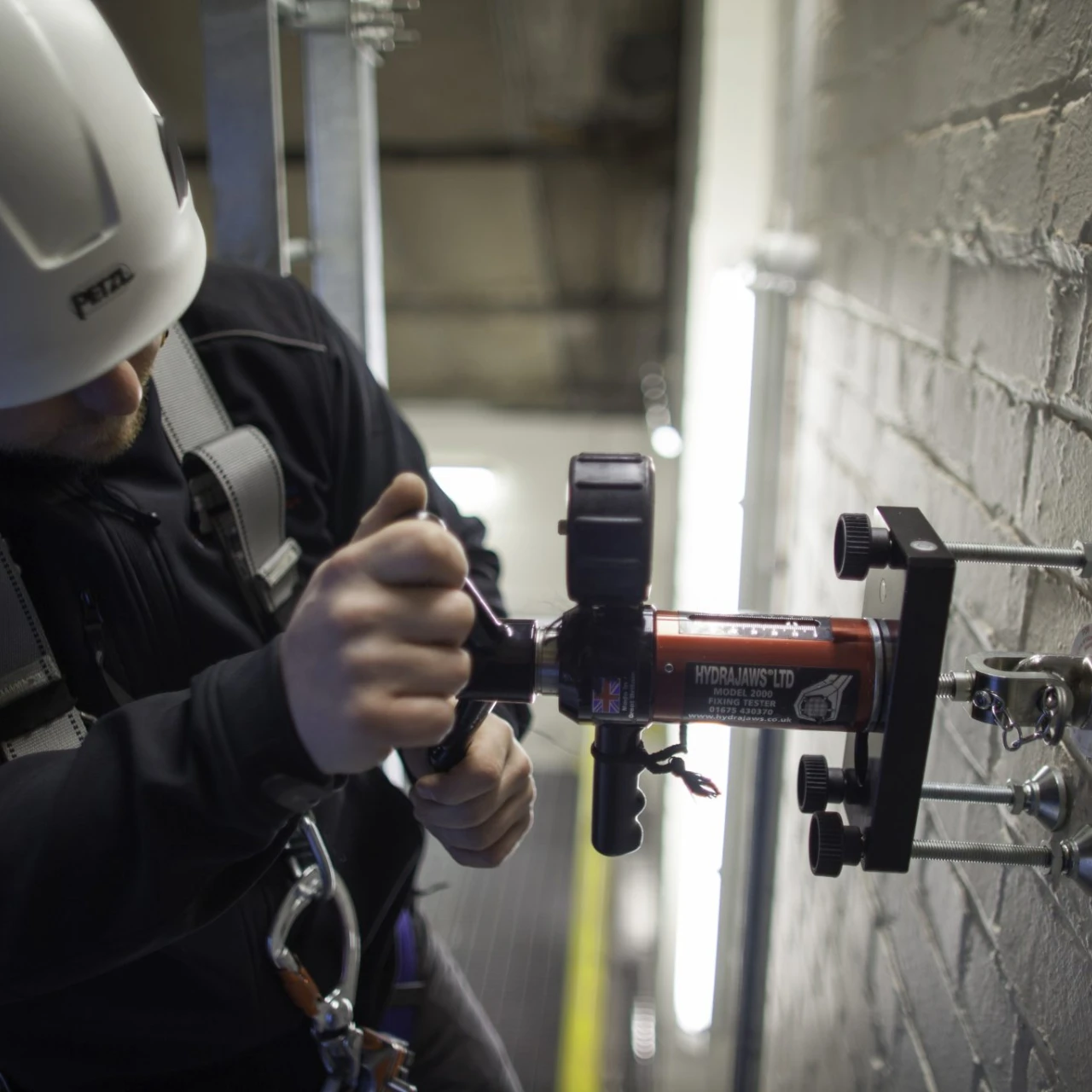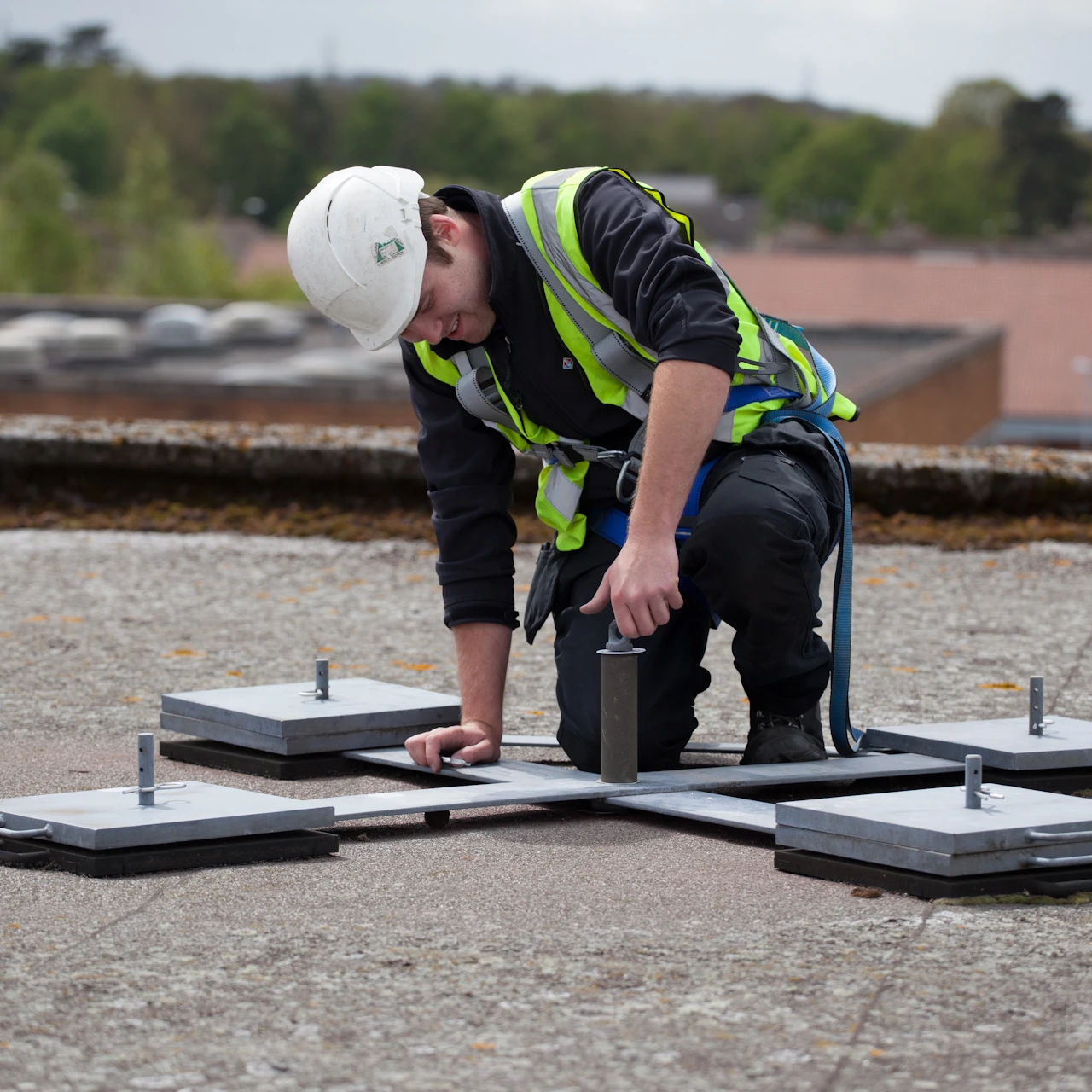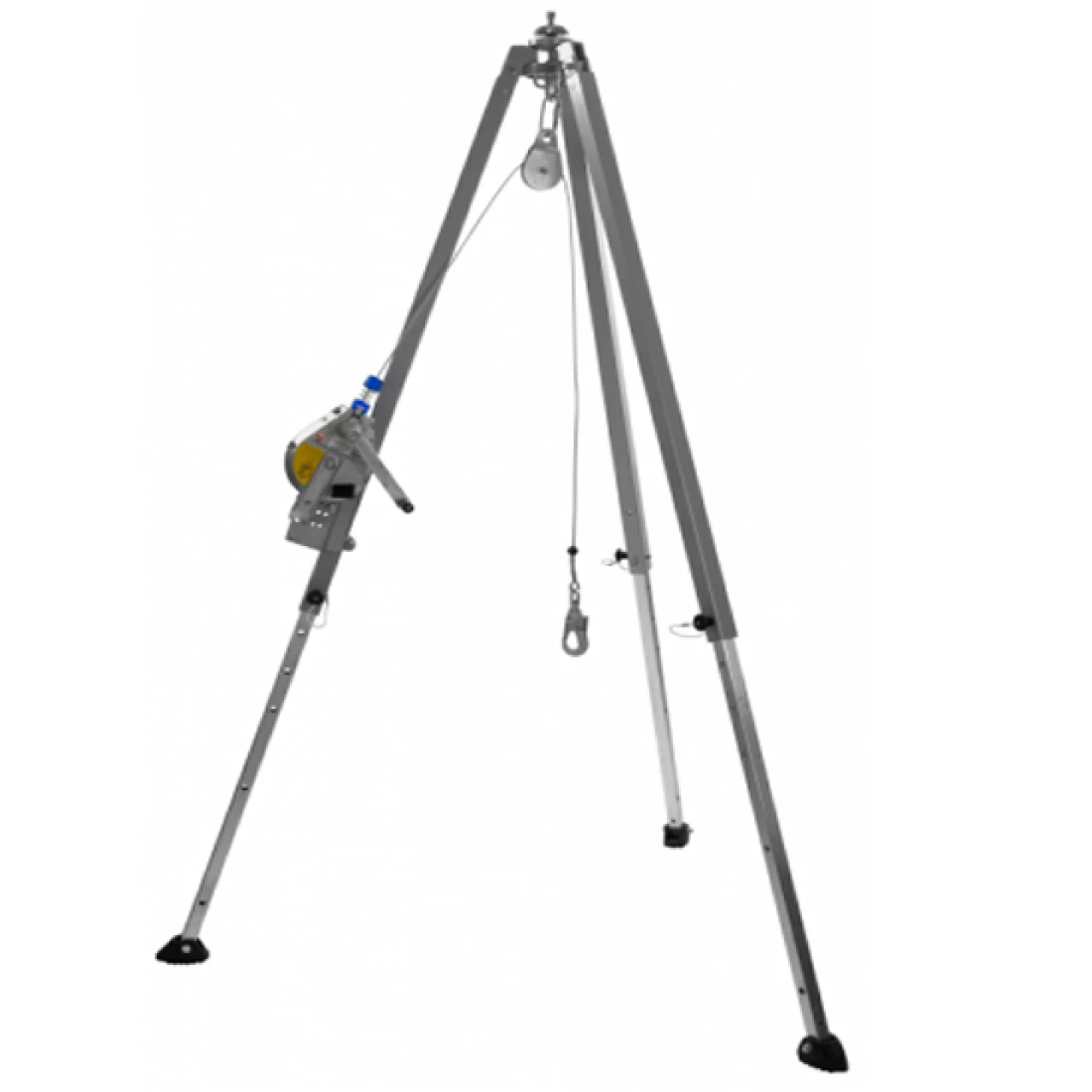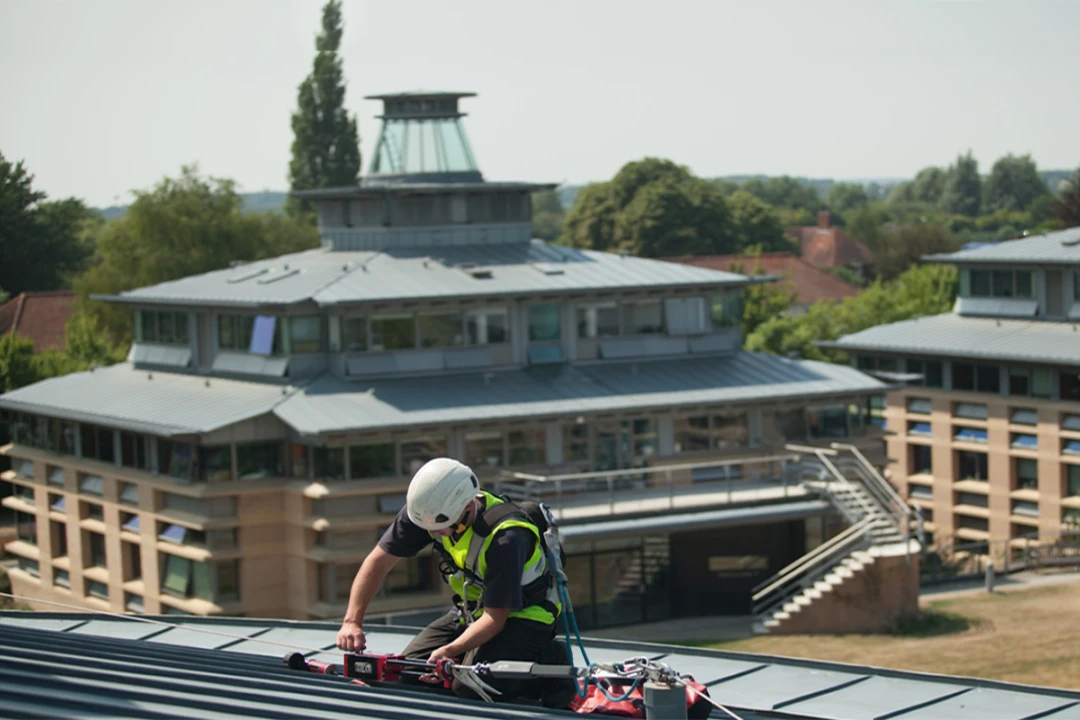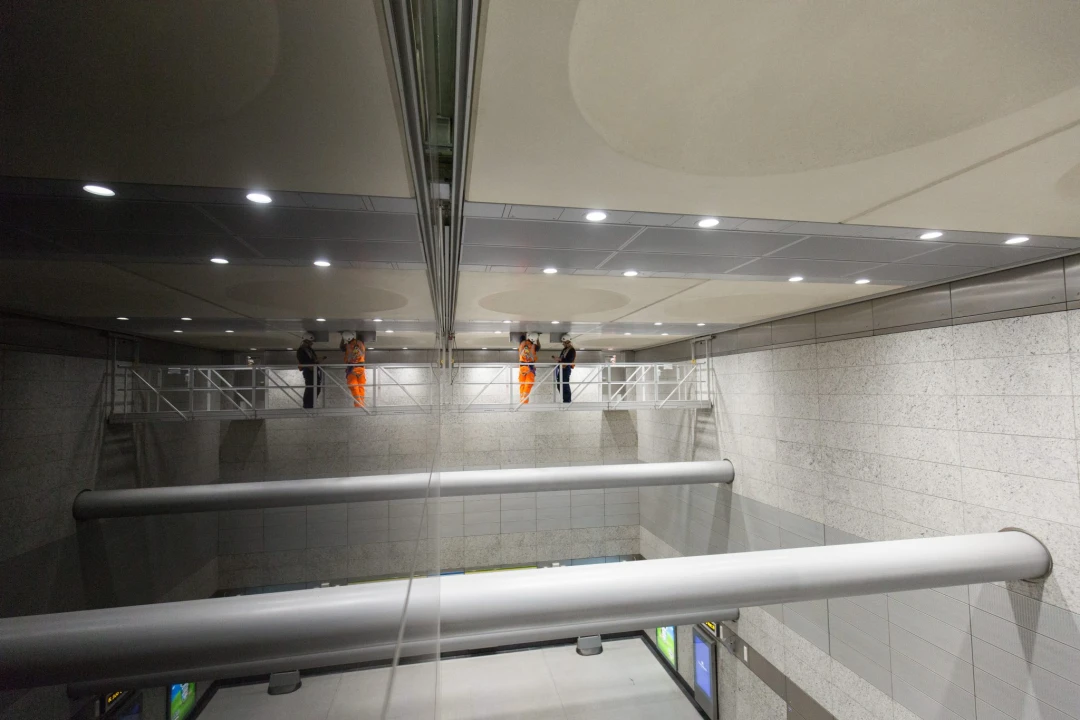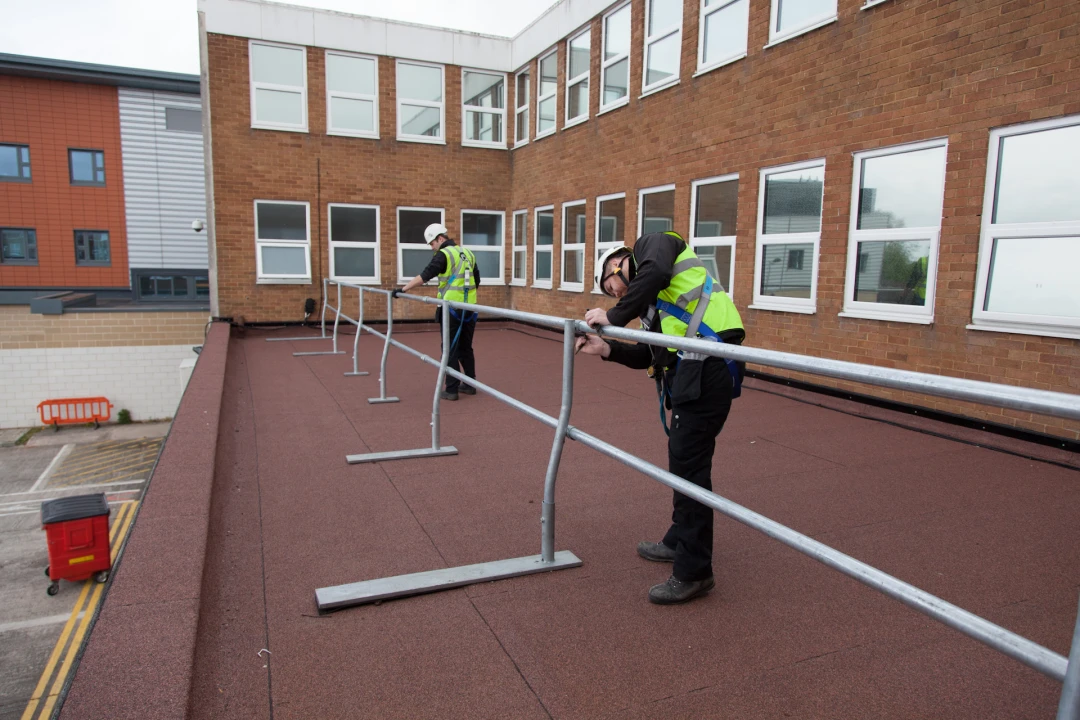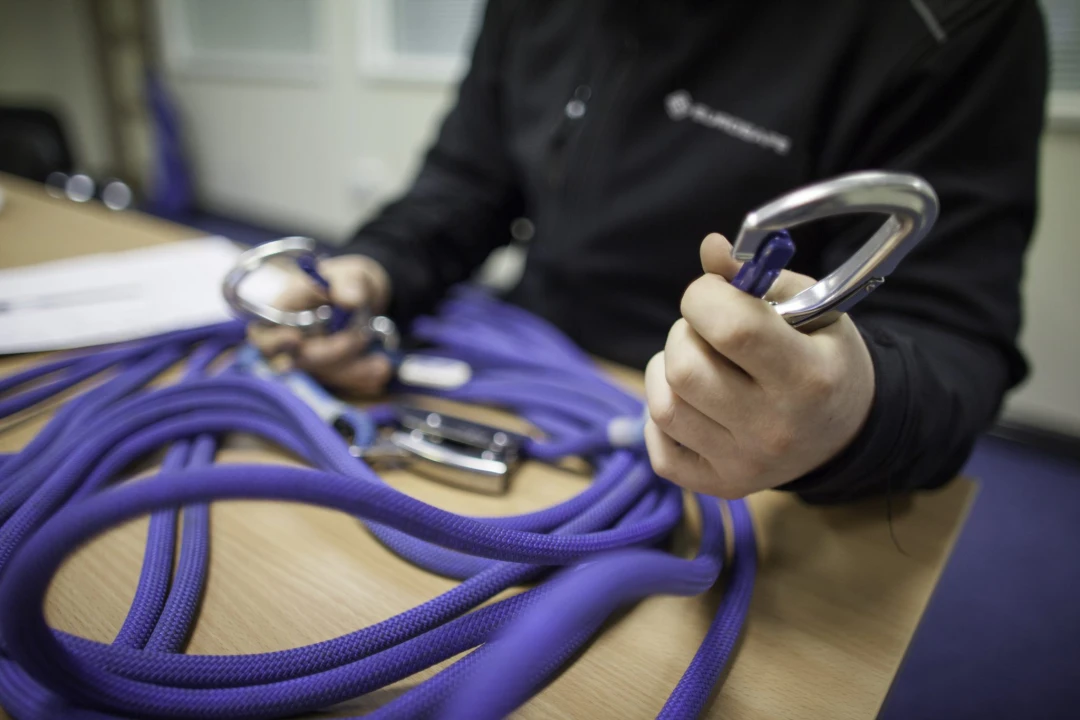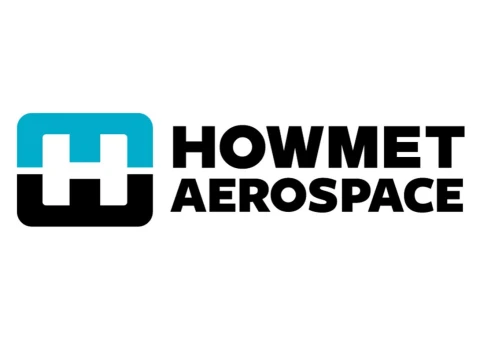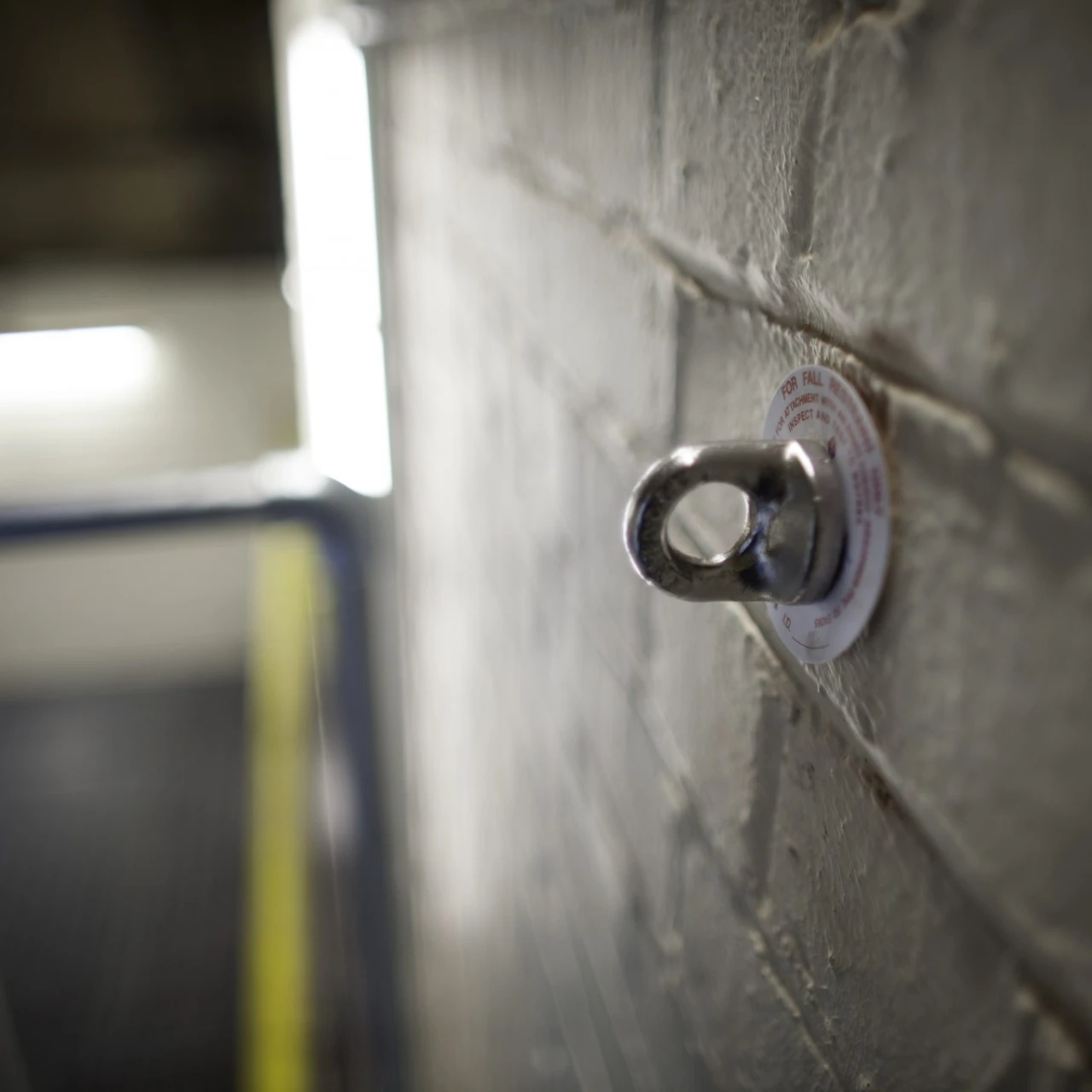

- Inspection & Maintenance
- Fall Protection System and Eyebolt Test & Inspection
- Single Point Anchors (Eyebolts) Test & Inspection
Single Point Anchors (Eyebolts) Test & Inspection
Single point anchors, or ‘eyebolts’ as they are more commonly known, can be installed in a wide range of properties. In some instances, they are required to present a very decorative or discreet appearance – for example, when installed within a hotel bedroom or a public area of an office building. In other applications, they need to be highly visible to allow the worker to identify them amongst a mass of pipes and steelwork in an industrial setting.
Single point anchors are widely used to protect workers from fall hazards adjacent to openings and are categorised as Class A1 Fall Protection systems under BS EN 795.
All our eyebolt testing services and testing of single-point anchors (anchor point inspections) are undertaken in accordance with BS EN 7883.
Our eyebolt test and inspection team is trained to identify the various types of eyebolts and test in accordance with the manufacturer's recommendations, avoiding wherever possible damage to surrounding surfaces.
At Eurosafe, we have the resources and expertise to carry out anchor point inspections: inspect, test, and certify everything from a single point anchor to hundreds of eyebolts across a large expanse building.
Permanently affixed single point anchors are often referred to generically as 'eyebolts' or 'D-Rings', or by their manufacturer name of Safering™ or Pushlock™. They are designed for attachment by a single user in a fall arrest or fall restraint situation.
Mobile Man Anchors (sometimes referred to as counterweight anchors) is a form of single point anchors typically found on flat roofs and used for short duration roof top maintenance works. They form part of our inspection and testing service for single point anchor.
There are three types of Mobile Man Anchors:
Mass Weight Anchor
Freestanding Constant Force Post®
Vacuum Anchors
The Mass Weight Anchor relies upon it’s mass and associated friction to arrest the fall/restrain the worker. They consist of a series of weights placed on a flat surface onto which the worker is connected in order to safely move around the working area.
The MSA’s Latchways® Freestanding Constant Force post relies both upon the shock absorbing capacity of the Constant Force Post to arrest the peak load and the mass to arrest/restrain the fall.
Vacuum anchors (EN 795-B) allow anchoring to virtually any smooth, non-porous surface. This type of anchor does not damage the structure and is a temporary solution on specific surfaces. They are widely used in maintenance tasks both in the aeronautical and railway industries.
These are single point anchors often used to protect a worker descending into a pit, hole, or inspection chamber. They would be used in conjunction with a fall arrest retriever inertia reel and the winch would allow for the operative to be rescued in the case of an emergency. We provide a complete test & inspection service for Tripods.
When it comes to confined space entry/rescue, Tripod must operate efficiently and quickly. Our Inspection engineers will undertake a complete function test and visual inspection of the tripod and its parts to ensure its functionality.
Frequency of inspection
Eyebolt Testing
Eyebolt testing is required on a 12-month basis in accordance with WAHR/BS EN795/ BS EN7883.
Mobile Man Anchor
The minimum inspection frequency for a Mobile Man Anchor is every 12 months in accordance with WAHR/BS EN795/ BS EN7883 based on it being used for fall restraint/fall arrest purposes. Those designed for abseiling purposes would come under LOLER and need to be inspected every 6 months.
Tripod
The minimum Inspection frequency for Tripods is 12 months in accordance with PUWER/BS EN795, however, accessories such as the blocks should be inspected every 6 months under LOLER.
Request free quotation
Fill in the form below to request your free, no-obligation single-point system testing quotation.
